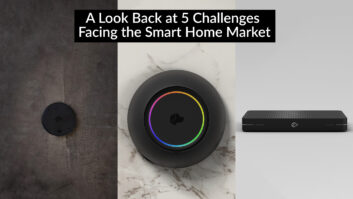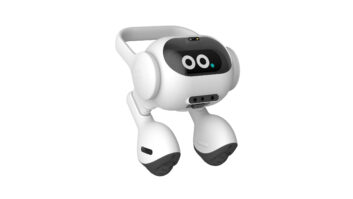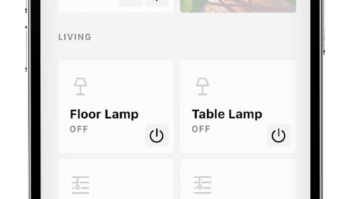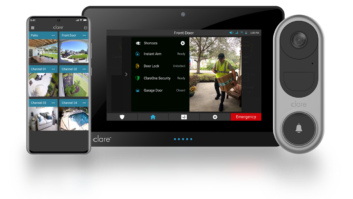A couple of weeks ago I was joined on the HomeTech Podcast by Vivint’s chief marketing officer Jeff Lyman. Originally founded as a traditional security provider in Provo, UT, Vivint has evolved into a juggernaut. Offering smart home solutions to customers in all 50 states, plus New Zealand and Canada, the company recently made headlines after completing a high-profile $100 million funding round. This was on top of Blackstone Group’s acquisition of the company in 2012 for a staggering $2 billion.
As we sat down for our conversation I was anxious to learn more about how Vivint approaches the business of home technology. After all, any company with this sort of financial success is a worthy subject for a case study. When asked about the factors that have led to Vivint’s success many of Jeff’s answers were what I expected they would be: solid fundamentals, an innovative mix of products and services, and a focus on solutions for what the company calls “real people.”
The conversation was insightful, if somewhat predictable. But there was one comment I had not anticipated. The idea, as stated by Jeff that, “the smart home is about unhappy paths.” What Jeff meant was that when it comes to smart home implementations, things rarely go exactly as planned.
I was curious to learn more. In scouring around online, the closest I could find to a precise definition was a Wikipedia definition of concept’s opposite, “the happy path:”
“In the context of software or information modeling, a happy path is a default scenario featuring no exceptional or error conditions, and comprises the sequence of activities executed if everything goes as expected.”
Wouldn’t that be nice?
Our reality as home technology professionals is something quite different. HDMI signal chains designed well within the spec often fail for no apparent reason. Devices that should auto-discover and connect often need convincing. Clients that should remember how to operate their systems often forget. The list goes on and on.

ThinkStock Image
Surviving in the business of home technology means that we have to muddle through these unhappy paths. Thriving, on the other hand, means planning entire strategies around them.
Have you made it easy for your client to reboot notoriously problematic devices like cable boxes and Apple TVs? How about a way to play music for their dinner party in the event that their ISP has an issue and streaming won’t work? Do they have a way to watch the evening news if the HDMI matrix fails? I could go on and on, but you get the idea.
Our clients tell us constantly that all they want is a system that “just works” every time. We do our best to deliver that to them. But the reality is that something will fail eventually, and often at the worst possible time. This is the unhappy path. And whether we like it or not, it’s the scenario that will define our customer’s perception of us.
If the path to a solution is a long and arduous one, then that memory will live on indefinitely.
If, on the other hand, it’s clear that we have well-defined processes and strategies for dealing with the issue at hand, then our clients will come to appreciate that they’re not walking the unhappy path alone.







